If you or a loved one suffers from varicose veins, VIE’s outpatient procedures can help. Left untreated, varicose veins can cause pain, mobility issues, and even ulcers. Our team offers comprehensive evaluation and treatment to relieve discomfort and help you enjoy life to the fullest.
What are varicose veins?
Varicose veins are a common medical condition affecting approximately 1 in 4 American adults. These enlarged, twisted, and bulging veins result from malfunctioning valves, causing improper blood flow, pooling, and increased pressure within the veins. While often visible, varicose veins can also occur beneath the skin’s surface. VIE offers quick, safe, and non-surgical treatments to address this issue and improve quality of life effectively.
How We Treat Varicose Veins
VIE’s specially trained interventional radiologists perform minimally invasive varicose vein treatments in our outpatient centers. A specialized ultrasound examination identifies the cause of the vein problems and determines the best treatment approach.
Treatment options include:
VIE’s highly effective, non-surgical varicose vein treatments relieve pain and restore mobility, allowing you to enjoy healthier-looking and feeling legs again.
Am I a candidate for treatment?
If you experience varicose vein symptoms, seeking medical treatment is important. Our doctors will provide definitive treatment recommendations based on a comprehensive review of your symptoms, exams, and imaging. Schedule an appointment to evaluate your symptoms and determine the right treatment plan for you.
Our team will assess your condition during your consultation and develop a personalized treatment plan. On the day of your procedure, you’ll receive local anesthesia and undergo treatment in our state-of-the-art outpatient facility. Our team will provide detailed post-procedure care instructions and follow-up to ensure optimal recovery and results.
At VIE Medical Clinic, we are committed to providing the most advanced, minimally invasive treatments for varicose veins. Contact us today to learn how we can help you rediscover the joy of healthy, pain-free legs.


Phone: 952.838.0650
Fax: 952.838.0651
Hours: 7 AM – 4 PM (M – F)
© 2024 Vascular & Interventional Experts